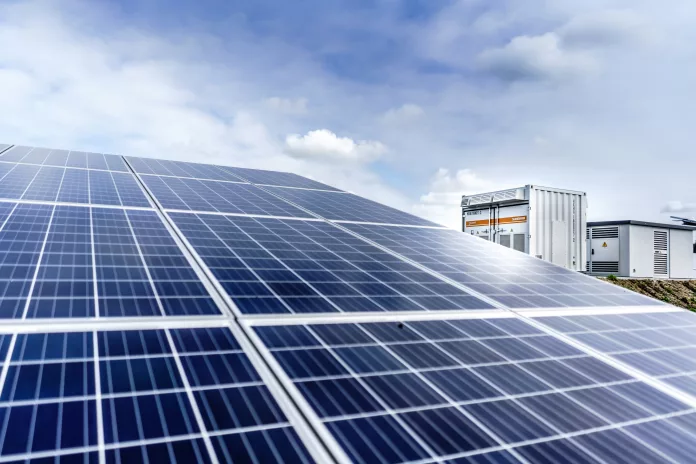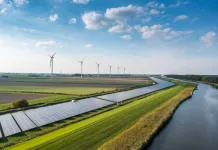In the arena of renewable energy, the U.S. has experienced a noteworthy shift in the solar sector. The year 2023 marked a distinct decrease in the postponement of new utility-scale solar photovoltaic (PV) projects, with only 19% of planned solar capacity experiencing delays, compared to the 23% in the preceding year. This change points to an improving landscape for solar development in the country. During 2018-2021, the frequency of delays was even lower, setting a benchmark for the industry.
Expanding Solar Capacity on the Grid
The reduction in project delays coincided with an impressive growth of solar infrastructure. In 2023, the addition of 19 gigawatts (GW) of new utility-scale solar PV generating capacity was recorded—a significant surge of 27% from the total capacity at the end of 2022. With costs falling and a range of supportive policies and tax credits, solar power has quickly become the leading source of new electricity generation in the United States.
Monitoring Solar Project Progress
Developers tasked with bringing new power-generating capacity to life are required to record their project’s initial planned operational dates through the Form EIA-860 survey. As the planned online date approaches, within a year, regular updates on the project’s trajectory are expected to be submitted, keeping records current concerning the state of the U.S. power generators, both existing and prospective.
Factors Affecting Solar Project Timelines
The journey of bringing a planned solar project to operational status is complex and varied. The percentage of solar capacity experiencing delayed operational dates had been on an upward trend over 2021 and 2022, peaking at 33% by December 2022. Lawrence Berkeley National Laboratory sheds light on the average timeline for solar projects, from the initial interconnection agreement to the day it starts generating power commercially, which is approximately 25 months.
Reasons Behind Project Postponement
Project delays in the solar industry can be attributed to an array of issues, from challenges in obtaining permits to setbacks during construction or equipment testing phases. One of the pivotal considerations in solar panel installations is the consistent availability of essential building materials.
Trade Policies Impacting Solar Project Implementation
Solar deployment is also sensitive to the influence of U.S. trade policies. A Presidential Proclamation temporarily suspends tariffs on Chinese manufacturers of solar PV cells and modules, allowing breathing space until June. After this period, the tariffs will be reinstated, affecting imports of crystalline silicon and impacting certain companies across Cambodia, Malaysia, Thailand, and Vietnam.
Looking Ahead: Solar Capacity Additions for 2024 and 2025
Prospects for solar capacity expansions are promising, with the latest data revealing an addition of approximately 6 GW of net summer solar capacity in the first quarter of 2024. A substantial 24 GW of planned solar capacity is either under construction or testing phases. An additional 6 GW is navigating through permitting or planning processes. Looking even further ahead, 2025 is expected to see the introduction of another 26 GW of new solar capacity, largely in the permitting phase at present.

























